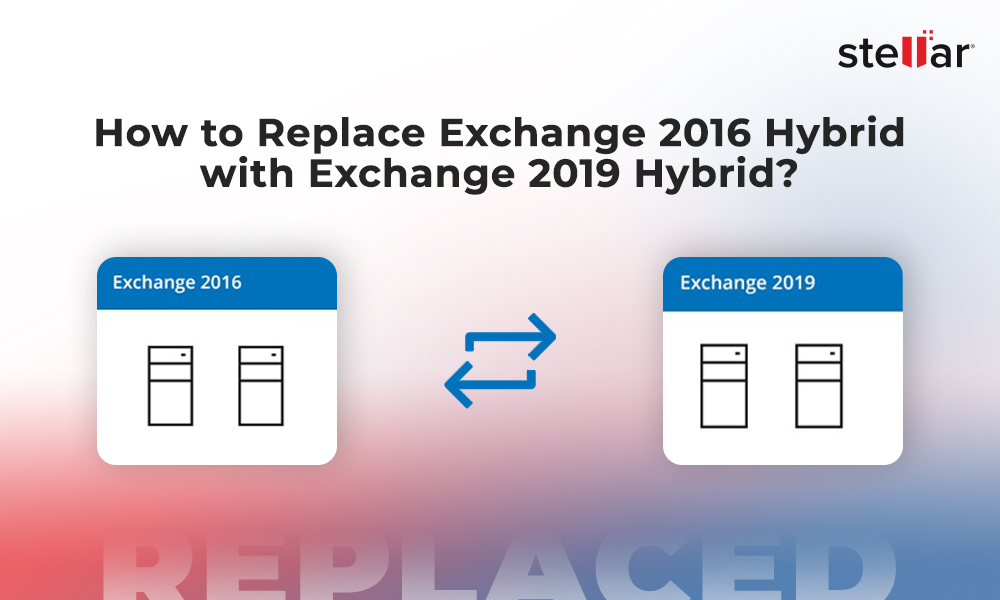Moving from an on-premises environment to Office 365, a cloud-based platform is becoming an attractive option for organizations that are looking for a flexible and scalable solution. According to ShareGate’s report, companies are increasingly moving from the on-premises environments to Microsoft 365 (formerly Office 365). As per the report, operations for migrating from an on-premises environment to the cloud increased by 37.2% during 2020-21.
But the question is why organizations and users are moving their operations and email infrastructure from on-premises to cloud-based Office 365? Let’s find out the answer.
Reasons to Move to Office 365
Below we have shared some factors and reasons that are motivating organizations to migrate or move to Office 365 or Microsoft 365 (Exchange Online).
Remote Work
COVID-19 pandemic has led to the transformation of the workplace, creating requirements for a cloud-based modern workplace to facilitate remote and distributed work. This is one of the major factors that led organizations to migrate to Office 365. The trend is expected to continue in 2023 and beyond as more organizations will adopt Microsoft’s modern cloud-based architecture.
Security and Reliability
Recently, there has been a massive increase in ransomware attacks by various financially-motivated and state-sponsored threat groups, such as HAFNIUM, on the on-premises Exchange Servers across the globe. The attackers exploited the Remote Code Execution (RCE) vulnerabilities in Exchange Servers, such as ProxyLogon, ProxyShell, etc.
However, Microsoft 365 remained unaffected by these ransomware and malicious attacks. You don’t need to manually patch vulnerabilities that hackers may exploit as Microsoft automatically patches them. More importantly, these updates happen silently without affecting your workflow.
It also offers Exchange Online protection to safeguard your environment against spam, malware, and other known threats with more than 1,000 privacy and security controls. Further, Advanced Threat Protection helps detect and prevent highly sophisticated attacks, such as zero-day threats, malicious attachments, links, etc.
Meeting Compliance
Microsoft 365 or Office 365 helps organizations in meeting various regulatory compliances. For example, it guarantees compliance with industry-specific, local, and national regulations, such as HIPAA, SOC 1, 2, & 3, ISO/IEC 27001, CIS Benchmarks, CDSA, and more.
Flexible and Scalable
Office 365 comes with flexible and scalable plans where you can pay based on the number of users or plans you select. These plans are available at a fixed price, making it easier to budget your expenses without any uncertainty or hidden cost. You can also quickly change the plans based on your requirements or business needs. For example, you can adjust the number of licenses according to your business requirements.
Self-Service Model
Unlike on-premises servers, there’s no need to run maintenance tasks, such as updating the server software, OS, or hardware, on Office 365 as it offers a self-servicing model. Instead of hiring an entire IT team to handle the infrastructure, you can outsource the responsibilities to a third-party vendor for greater peace of mind. This will also save you time and cost.
Collaboration
Office 365 provides a highly collaborative environment with industry-leading tools, such as Exchange Online, Skype for Business, Office Groups, SharePoint Online, and more. Microsoft Teams is also one of the most important components of Office 365 and is considered a major motivator for organizations to move their on-premises environment to Office 365. Users can share information and files and connect and collaborate with Microsoft Teams via PC, Mac, tablet, or smartphone (iOS/Android).
Free Microsoft Office Subscription
Office 365 subscription comes with web and desktop versions of MS Office apps, such as Word, Excel, Outlook, PowerPoint, OneNote, etc., for Windows and Mac computers at no extra cost. Though it is not a major factor in moving to Office 365, it makes a difference when choosing Office 365 over on-premises—especially for small businesses.
To Wrap Up
In this article, we shared some prominent reasons and factors that have led many organizations to move their on-premises infrastructure to Office 365 in the past few years. If you are also planning to move your organization to Office 365, we recommend using an EDB to PST converter, such as Stellar Converter for EDB, to quickly move the user mailboxes from your current on-premises Exchange Server environment to Office 365 in a few clicks. The software auto-maps the source and destination mailboxes and helps you move multiple mailboxes simultaneously. It is the best alternative to manual migration methods, such as Staged or Cutover migration, as it helps save a lot of time and administrative efforts.















 5 min read
5 min read
-1274.jpg)




